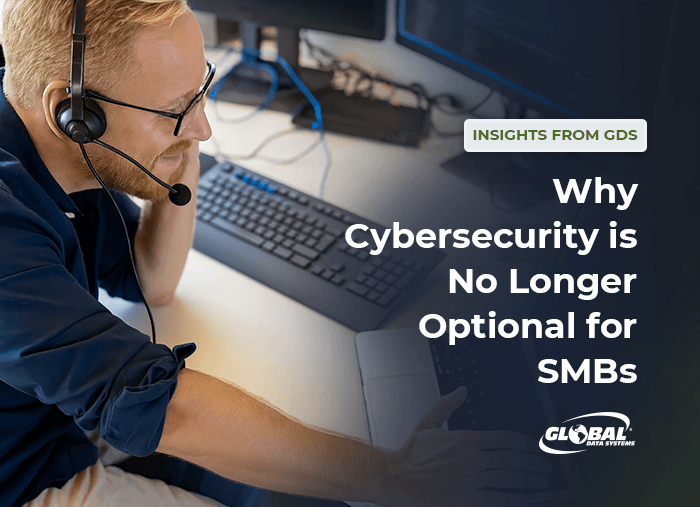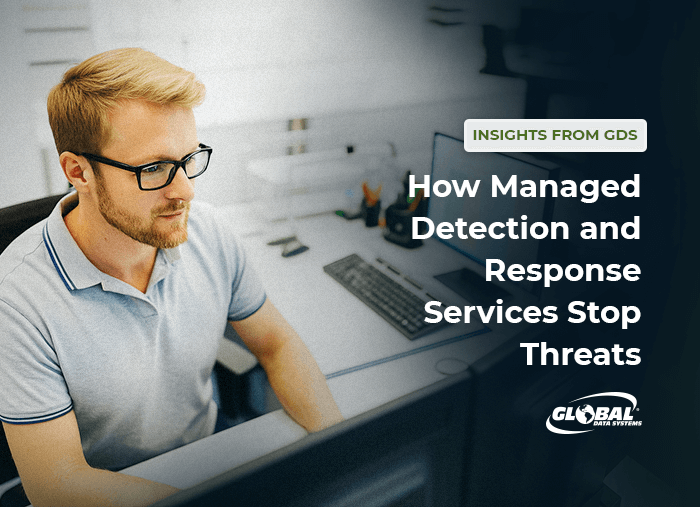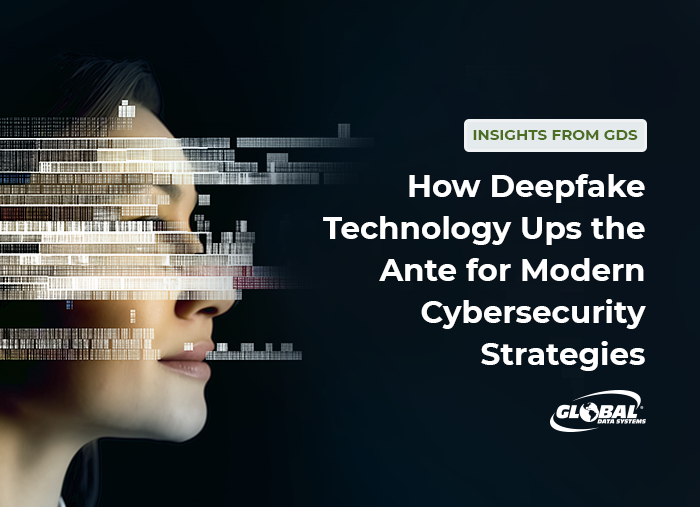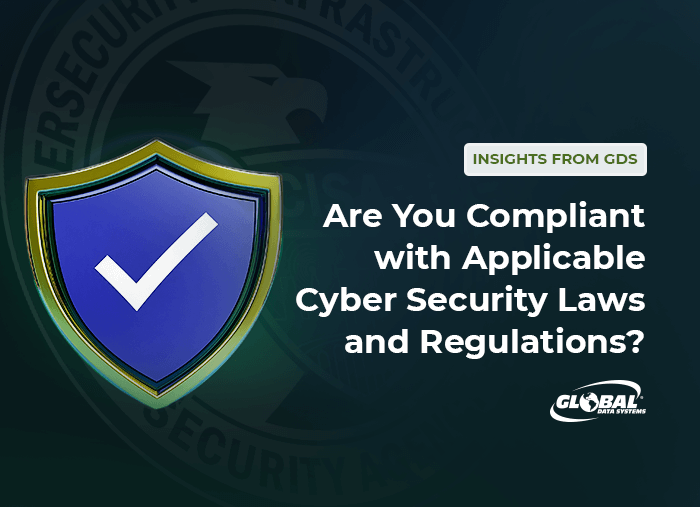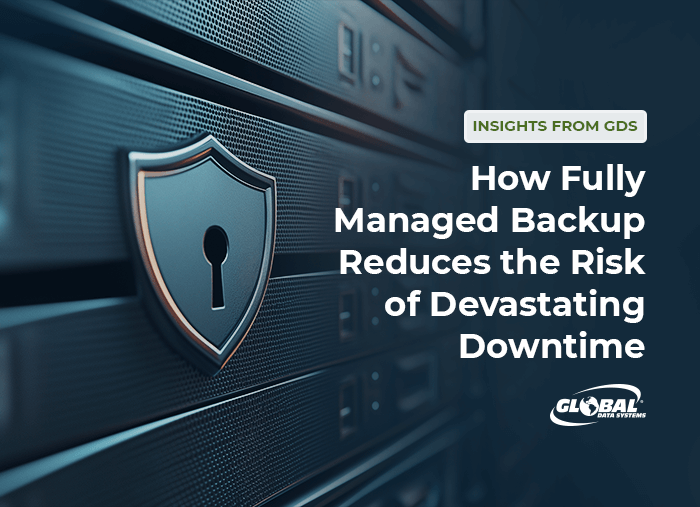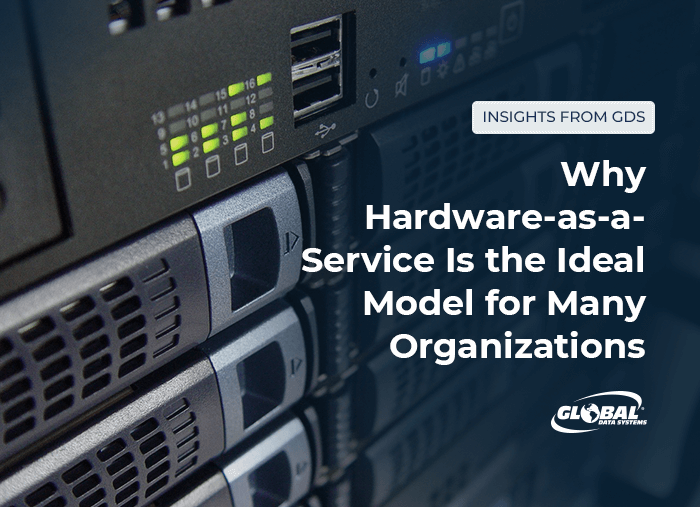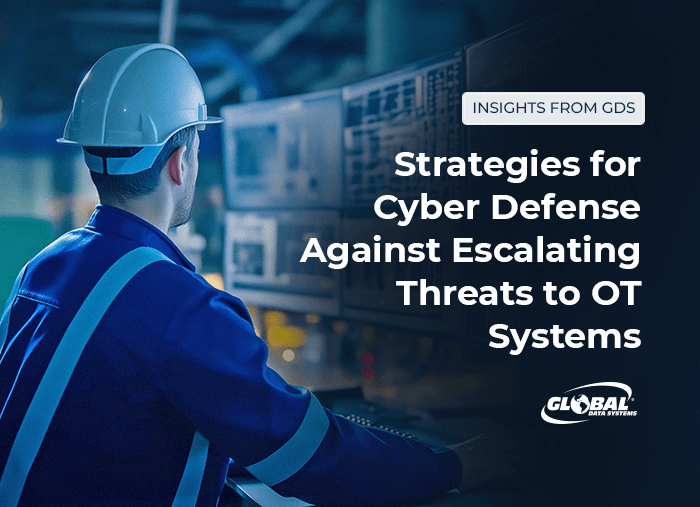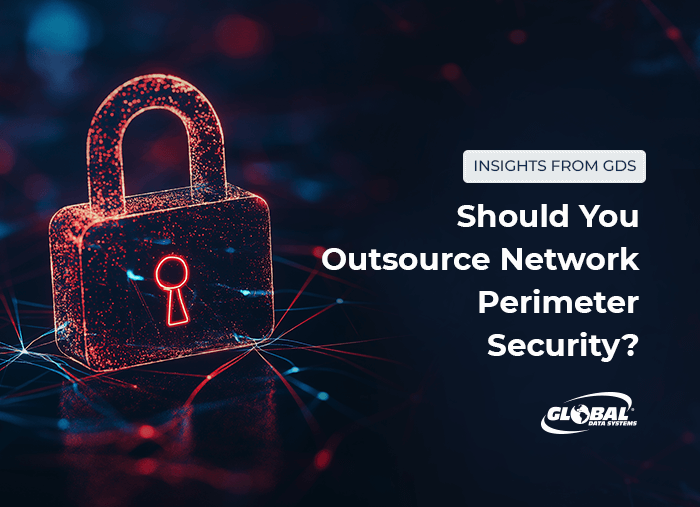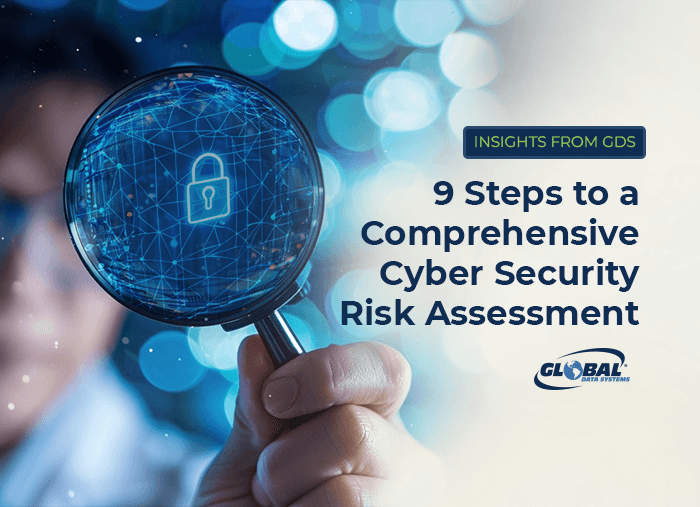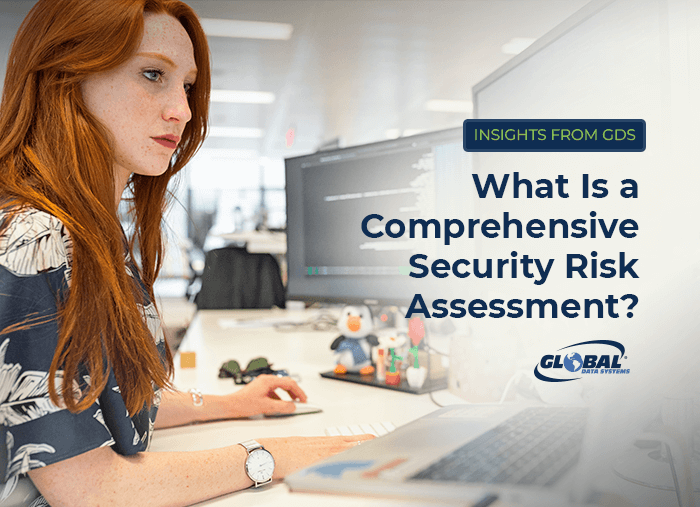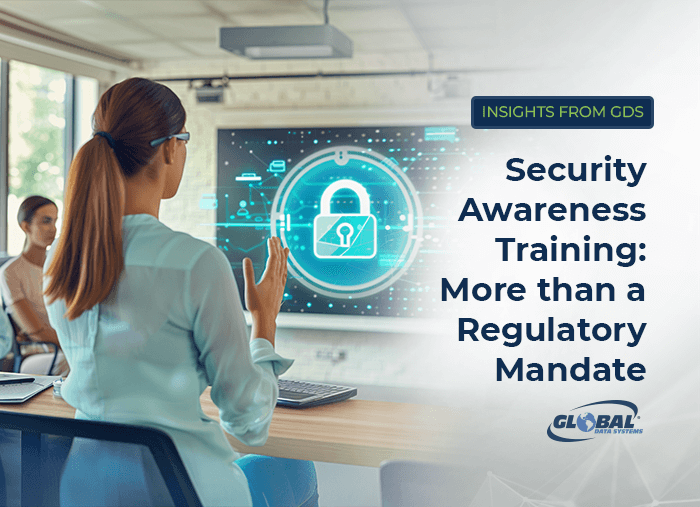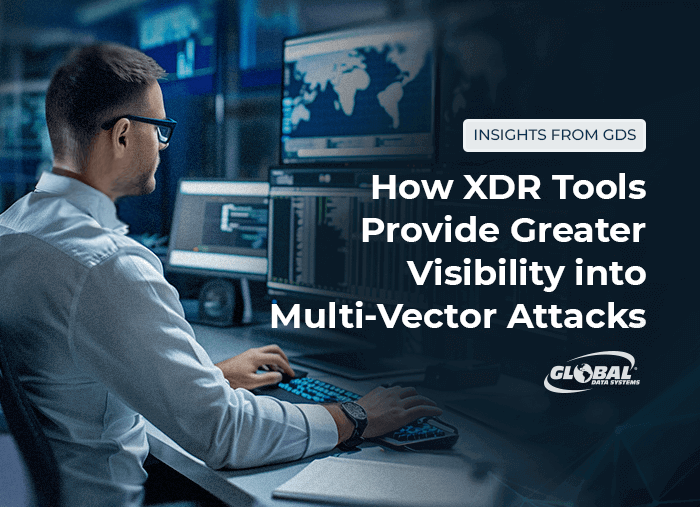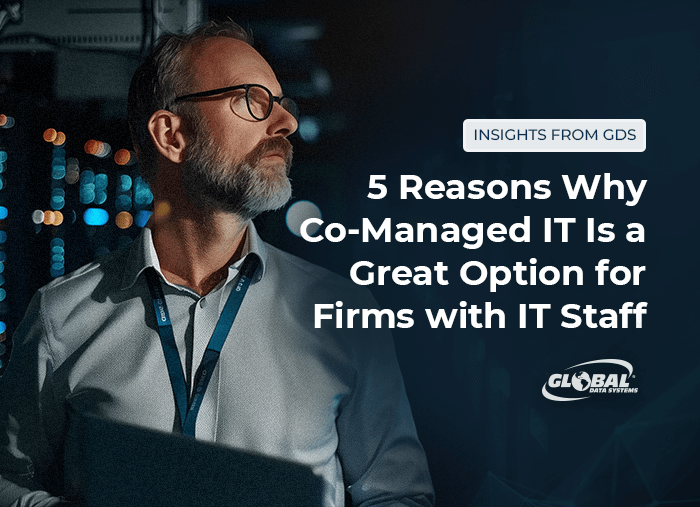The threat landscape is growing more complex by the day. From ransomware attacks to insider threats and zero-day exploits, businesses of all sizes are being targeted.
With threats becoming more advanced and widespread, cybersecurity isn’t just an enterprise concern anymore. Small and midsize businesses are now prime targets—and often the least prepared.
When hurricanes hit, the biggest damage isn't always physical - your operations, data, and technology are on the line too.
MDR gives businesses a powerful defense against modern cyberattacks by combining expert monitoring, rapid response, and automation.
A finance worker at a multinational company thought he was on a video call with the organization’s CFO and other colleagues he recognized. As instructed, he wired $25 million to facilitate a secret transaction.
Organizations of all sizes and in every sector must comply with a growing number of cyber security laws and regulations. Although the U.S. doesn’t have an overarching security and privacy law like the E.U.’s General Data Protection Regulation (GDPR), the federal government has an alphabet soup of mandates covering various types of data. State government agencies and even many private sector organizations must comply with these rules.
Public cloud usage continues to grow, but savvy organizations are taking a more strategic approach. Instead of automatically moving workloads to the cloud, they’re identifying the best platform for each application and service based on cost, performance, security, and other factors. In many cases, they’re finding that a private cloud is the better approach.
In November 2023, Daniel Rhyne went rogue. As a core infrastructure engineer for a New Jersey-based industrial company, Rhyne remotely accessed the company’s computer systems using an administrator account. On Nov. 25, 2023, he sent an extortion email to certain company employees, warning that IT administrators no longer had access to company systems and backups had been deleted.
On June 18, 2024, CDK Global was hit with a ransomware attack that took down many of its core systems. While it was attempting to recover from that incident, the company was hit with a second cyberattack. CDK Global provides management systems for car dealerships, and more than 15,000 new car dealers suffered downtime due to the incident. It took more than two weeks for all systems to be restored. A consulting firm estimates that the attack collectively cost the dealerships more than $1 billion.
Traditionally, the IT industry has focused heavily on hardware. Organizations purchased, implemented, configured and maintained an array of hardware assets, periodically upgrading them to take advantage of the latest technology. Despite the advent of the cloud and the growing emphasis on applications, many organizations still have a large fleet of IT hardware assets.
Small to midsize enterprises (SMEs) recognize the vital importance of a high-quality customer experience (CX). That’s why SMEs are making strategic investments in contact center solutions that enhance customer interactions and improve customer experience overall.
The National Security Agency recently issued an urgent warning about threats to operational technology (OT) systems and critical infrastructure. Multiple federal agencies, including the Cybersecurity and Infrastructure Security Agency (CISA) and Federal Bureau of Investigation (FBI), coauthored a report highlighting the threat of pro-Russian hacktivist groups. The report provides recommendations for hardening OT systems against threat actors.
Customers don’t want to wait on hold to speak with an agent, only to be transferred to a different agent. They don’t want to repeat their issue multiple times to different agents. They expect the agent who first picks up the call to resolve their problem quickly and accurately.
There is only one surefire way to protect your networked computer systems from unauthorized access, malware attacks and other security breaches.
Most American workers prefer remote and hybrid work over traditional in-person work models. In a recent Morning Consult survey, 2% of employed adults in the U.S. chose hybrid work, and 23% preferred to be fully remote. Just 46% wanted to work in the office exclusively.
Cyberattacks are relentless and complex, with many attempting to exploit multiple vulnerabilities to infiltrate their target. No security tool, on its own, can stop all threats. That’s why it’s critical to implement a layered network security strategy.
Thanks in large part to 24x7 connectivity, consumers have come to expect fast response from the companies they do business with. Now, citizens have come to expect the same level of service and communication from government agencies. They expect to have simple access to accurate, up-to-date information and seamless communication with the right government personnel. They also expect services to be delivered and problems to be solved quickly, effectively and transparently.
Most organizations are keenly aware of the current cyber threat climate. They see the headlines about large enterprises and government agencies being hacked, and they’re making major investments to upgrade their security infrastructure and strategy.
Microsoft 365 licensing just got more complicated.
Partnering with a managed services provider (MSP) makes good business sense, given the complexity of the IT environment and tech talent shortage. More organizations are turning to top managed service providers to support their technology assets and address growing security threats. Managed service provider companies also give customers the flexibility to adapt to new opportunities and changing market conditions.
How secure is your IT environment? Probably not as secure as you think.
CFO tells us that 75% of security professionals have observed an increase in cyberattacks over the past year. These attacks have a major price tag attached. The global average cost of a data breach in 2023 was $4.45 million, a 15% increase over three years, highlighting the growing financial burden on organizations, according to IBM.
Security awareness training helps strengthen the weakest link in the security chain — humans. A well-designed training program will help users understand security risks, recognize threats and avoid falling victim to social engineering attacks.
Many cyberattacks exploit multiple vulnerabilities across the IT environment. Traditional security tools are often unable to combat these complex, multi-vector attacks.
For most small organizations, the decision to outsource IT functions to a managed services provider (MSP) is typically easy. It doesn’t make economic sense to hire an IT professional to manage and maintain the organization’s systems and network. Outsourcing provides access to IT expertise and responsive support, ensuring that staff stay productive and focused on the organization’s core business.
Cybersecurity is much more than a technology tool. It’s a strategy, mindset and set of best practices that are integrated into every aspect of the business. To achieve truly effective cybersecurity, stakeholders need to have strategic conversations about the most likely threats and their potential impact. Only then can the organization select the right tools and ensure they have the resources to achieve their security objectives.
- Data Spillage: What it is, Where it Comes From, and How to Protect Your Organization
- 4 Reasons Why Global Data Systems Is the Right Business IT Solutions Provider for Your Business
- Hometown Hero: The Benefits of Working with a Local or Regional MSP
- The Value of Professional Desktop Management Services in Modern IT


